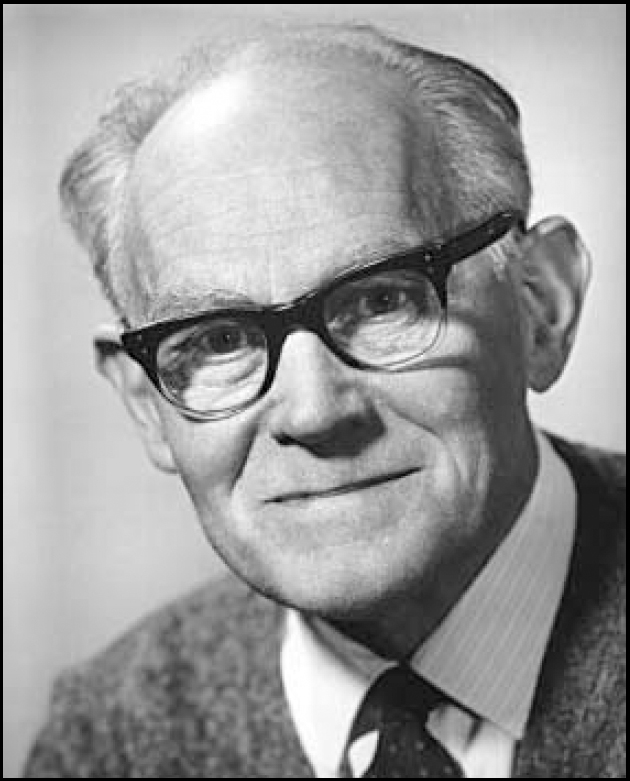Sir: In 1998 I wrote ‘Psychiatrist Fellows of The Royal Society (FRS)’ (Reference BewleyBewley, 1998) in the Bulletin. This was about psychiatrists who had obtained the FRS, mentioning that there had been three in the last century. I omitted a fourth, Lionel Penrose, who was an outstanding authority on the genetics of mental deficiency and became FRS in 1953.

Lionel Sharples Penrose was born in 1898 and died in 1972. He left school in 1917 and joined the Friends No 5 Ambulance Train of the British Red Cross, serving in France for most of 1918. At that time he attended a lecture on Freud and his teachings and in particular the interpretation of dreams. He joined St John's College, Cambridge (1919-1921) to read the Moral Science Tripos, enjoying mathematics, logic and psychology but not philosophy. A year of psychology followed in the experimental psychology laboratory at Cambridge. He then went to E. Buhler's laboratory in Vienna. At this time Penrose met Sigmund Freud and underwent some analysis sessions with Bernfields as well as joining in the discussions of the Vienna group. He later became sceptical of psychoanalysis and observed of its results that it “led to the acquisition of a quiet effrontery”. Nevertheless on his return to England he worked as an analyst at the London Clinic for Psychoanalysis for a short time during his early medical student days. He had decided to study medicine and following pre-clinical work at Cambridge studied at St Thomas's Hospital from 1926, qualifying in 1928. In 1931 he started his first major project as Research Medical Officer at the Royal Eastern Counties Institute (for patients suffering mental deficiency).
He and his laboratory assistant examined 1280 patients suffering from mental deficiency between 1931 and 1938, and 6629 parents and siblings in more than 400 family histories, all families being visited by a member of the team. In 1939, having finished his work at Colchester, he moved to Canada, becoming Director of Psychiatric Research for the Province of Ontario and also their medical statistician. He developed non-verbal intelligence tests and pattern perception tests studying over 8000 cases of psychiatric disorder. It was at this time he charted the relation between mental illness and criminal behaviour, concluding there was an inverse relationship between the two factors. His pacifism led to his founder membership and Presidency of the Medical Association for the Prevention of War.
He became Professor of Eugenics at the Galton Centre and Consultant Geneticist to University College Hospital, 1945-1965. He later changed the name of the Galton Laboratory to the Department of Human Genetics and Biometry, as he disliked the term eugenics. He had previously changed the title of the Annals of Eugenics to Annals of Human Genetics. He ended his life MA MD (twice) DSc (three times) FRCP FRS.
It was a serious fault to omit him from the previous paper. I can only draw one conclusion from this: geneticists and members of the Faculty of Learning Disorder do not read the Bulletin or they would have written to draw attention to my egregious error.



eLetters
No eLetters have been published for this article.